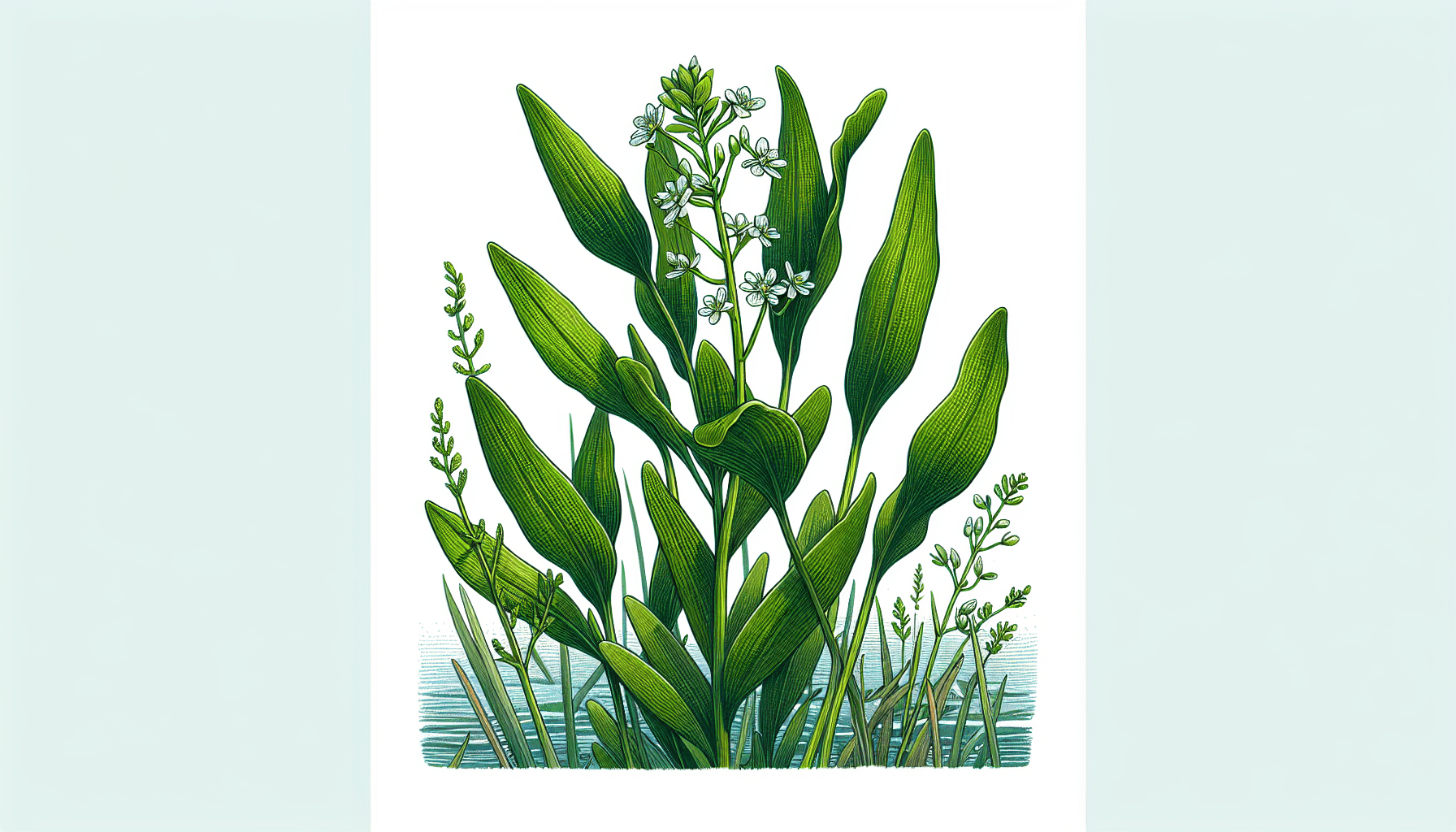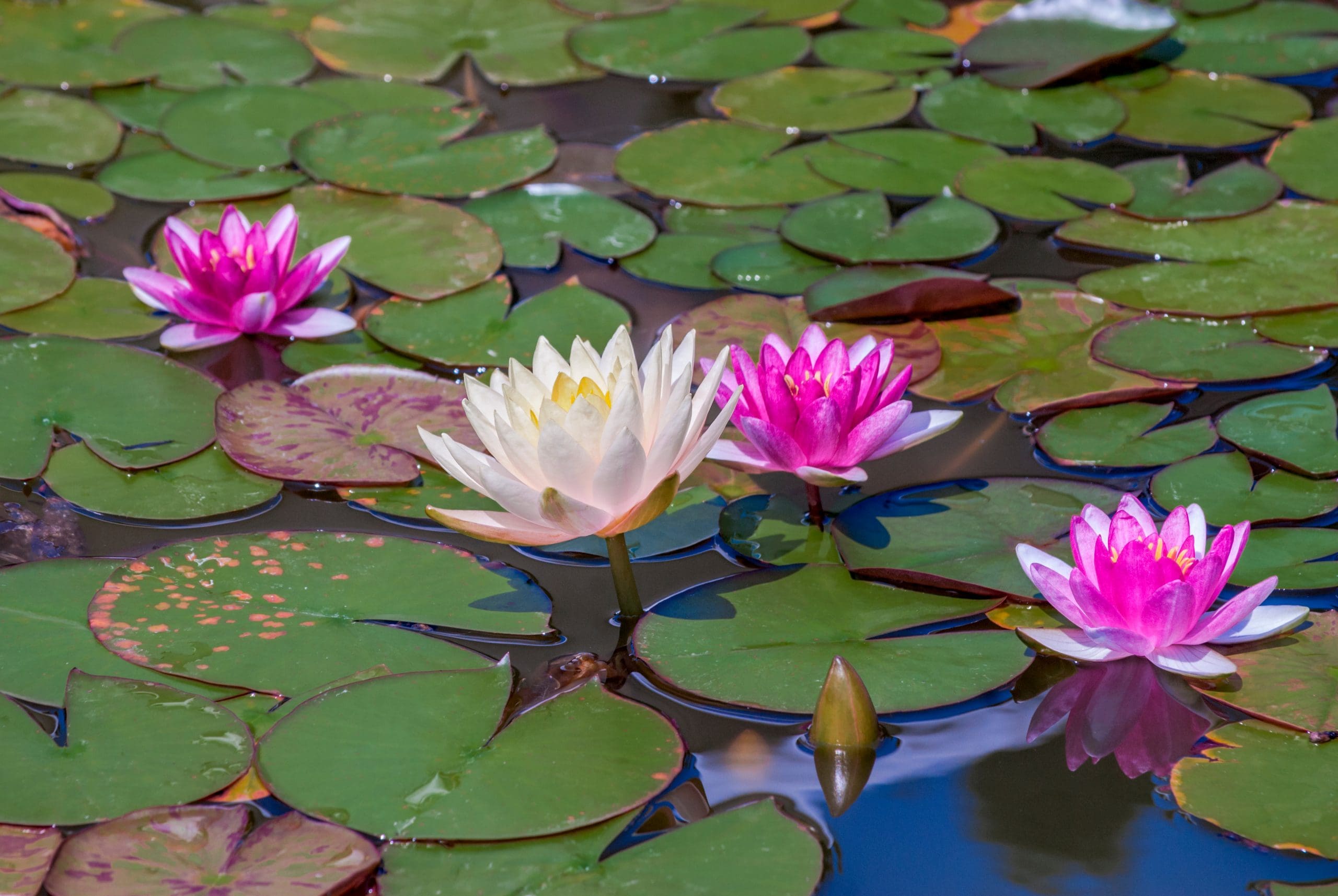You are embarking on an enlightening journey to discover the intricacies of the aquatic plant known as the grassleaf water plantain. The ensuing exploration aims to shed light on its origin, characteristics, ecological functions, and significance in different global cultures. Your acquired understanding of this plant will not only enhance your botanical knowledge but also underscore the immense biodiversity inhering in aquatic ecosystems. This traverses the vast expanses of biology, botany, and ecology, underscoring the elemental role this particular aquatic species plays within its respective context.

Overview of Grassleaf Water Plantain
The Grassleaf Water Plantain, known scientifically as Alisma gramineum, belongs to the family Alismataceae. This prolific water plant incorporates great ecological and botanical significance, and presents various uses in cultural practices and traditional medicine. This article provides an in-depth examination of the scientific classification, geographical distribution, physical characteristics, ecological roles, human uses, and effective cultivation methods of this plant.
Scientific Classification of Grassleaf Water Plantain
Kingdom
The Grassleaf Water Plantain identifies with the Plantae kingdom, denoting its status as a green plant characterized by multicellularity, a cell wall made of cellulose, and the ability to carry out photosynthesis.
Order
This plant belongs to the Alismatales order, a group characterized by aquatic and semi-aquatic flowering plants, most of which exhibit adaptations suitable to saturated soils and standing water.
Family
Aligning with the family known as Alismataceae, the Grassleaf Water Plantain is part of a congregation of herbaceous flowering plants with a strong affinity for aquatic environments.
Genus
Residing in the Alisma genus, it shares this classification with approximately 11 other species. The members of the genus typically exhibit clusters of slim long leaves and small blossoms on long peduncles.
Species
The species name gramineum aptly describes the grass-like characteristic of the plant’s leaves, granting the plant its common name, Grassleaf Water Plantain.
Geographical Distribution and Habitat
Global Distribution
Grassleaf Water Plantain is geographically distributed throughout various parts of the world including Asia, Europe, and North America. In Asia, it is especially prevalent in China, where it primarily occurs in the provinces of Gansu, Hebei, Heilongjiang, Jilin, Liaoning, Nei Mongol, Ningxia, Shaanxi, Shandong, Shanxi, and Sichuan.
Preferred Habitat
This species of water plantain typically resides in ponds, marshes, shallow lakes, and river edges. It prefers standing or slow-moving water bodies with abundant sunlight exposure.
Adaptations to Aquatic Life
The Grassleaf Water Plantain embraces an amphibious lifestyle, featuring various attributes necessary for survival in an aquatic environment. It showcases a submerged body structure, air spaces within the plant for buoyancy, and specialized root adaptations, among others.

Physical Characteristics of Grassleaf Water Plantain
Plant Structure
The Grassleaf Water Plantain is a perennial herb with stems up to 60 cm tall. The plant has a tendency to grow in tufted clusters and becomes submerged or floats at the water surface.
Leaves description
As the name suggests, the leaves of the Grassleaf Water Plantain resemble those of grass. The submerged leaves are linear and ribbon-shaped, while the floating leaves are broader and ovate or oval in shape.
Flower description
Flowering mainly from June to August, the Grassleaf Water Plantain showcases small, three-petaled white flowers. These flowers are carried in an open, branched inflorescence.
Root System
A notable characteristic of this plant species is its fleshy, fibrous root system that assists in anchoring the plant in unstable, aquatic substrates.
Flowering and Fruiting Pattern
Flowering Season
The Grassleaf Water Plantain usually blossoms between June and August, and on rare occasions, can extend to mid-autumn.
Pollination process
The white flowers of the Grassleaf Water Plantain entice a wide range of pollinators including water beetles, bees, and flies. Following successful pollination, each flower develops a fruit.
Fruit Production and Dispersal
Fruits are achenes which are small, hard, one-seeded spherical bodies. Water currents and wind aid in their dispersal, enhancing the plant’s prospects for reproduction and survival.
Adaptations to Aquatic Life
Submerged body Structure
Being an amphibious species, the Grassleaf Water Plantain exhibits modifications such as a reduced body size when submerged, thereby reducing water pressure and facilitating easier fluid movement.
Air Spaces within the plant for buoyancy
To maintain buoyancy, the plant possesses internal air spaces known as aerenchyma which keep it afloat and aid in oxygen transportation.
Root Adaptation in Aquatic Environment
Its roots possess an ability to absorb oxygen directly from the water; thereby, the scarcity of oxygen in water-logged soils does not impede its growth.
Ecological Role and Importance
Role in Aquatic Ecosystem
The Grassleaf Water Plantain plays a versatile role in the aquatic ecosystem. The plant provides food and habitat for various aquatic organisms while also assisting in erosion control by stabilizing the soil with its extensive root system.
Importance to Other Species
Many insects find refuge on or within this plant. Its flowers are a rich nectar source, attracting various pollinators, while its leaves offer a food source for herbivorous wildlife.
Effects on Water Quality
The Grassleaf Water Plantain aids in maintaining water quality by absorbing excess nutrients and thereby reducing the risks associated with eutrophication.
Human Uses and Benefits
Medicinal Uses
Historically, the Grassleaf Water Plantain has been utilized in traditional Chinese medicine to treat a range of ailments including urinary infections, fluid retention, and fever.
Use in Landscaping and Aquatic Gardening
Due to its attractive foliage and flowers, this plant is often employed in waterside landscaping or aquatic gardens, where it enhances the aesthetic appeal of these environments.
Culinary Uses
In certain cultures, the tubers of the Grassleaf Water Plantain are harvested and consumed as a nutritious food source.
Conservation and Threats to the Species
Current conservation status
As of now, the Grassleaf Water Plantain doesn’t fall under any immediate conservation concern as it is a widespread and often abundant species.
Threats and concerns
However, the species could potentially be threatened in future by habitat loss due to drainage and pollution of its aquatic habitats.
Conservation efforts
Despite not being categorically threatened at present, protection of its habitat, regulation of water pollution, and sustainable utilization practices can help assure the continued survival of this plant.
How to Grow and Care for Grassleaf Water Plantain
Planting Conditions and Care
For effective cultivation, the Grassleaf Water Plantain requires a sunny spot in standing or slow-moving water. It is a hardy plant, readily adaptable to varying water conditions but is particularly suited to soft, slightly acidic water.
Maintenance and Pruning
Maintenance largely entails removing dead leaves and spent flowers. The plant can also be pruned back vigorously, as this often encourages new growth.
Common Diseases and Pests
While typically pest-resistant, the Grassleaf Water Plantain can occasionally be affected by slug, snail, and aphid infestations. Proactive monitoring and use of organic pest control are recommended to ensure the health of the plant.
